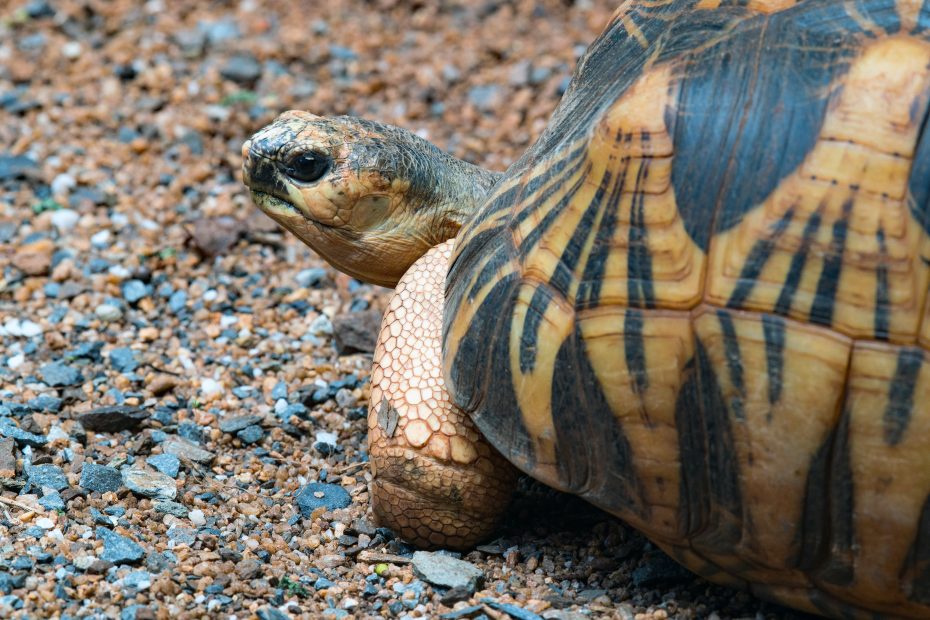Table of Contents
Introduction
With its incredible diversity of landscapes and exotic wildlife found nowhere else on Earth, Madagascar is a dream destination for nature lovers and adventure seekers. Join us as we journey through rainforests filled with leaping lemurs, hike among towering granite peaks, and snorkel through coral wonderlands on this expedition through the wild and wondrous island of Madagascar.
Lemurs of the Rainforest
Madagascar is home to over 100 different species of lemurs, making it the lemur diversity capital of the world. One of the best places to observe these acrobatic primates up close is Ranomafana National Park. As we hike along the forest trails, we can spot the bright eyes of the brown mouse lemur peering out from the dense vegetation. The mystical indri, the largest lemur species, announces its presence with an eerie, whale-like wail that echoes through the misty forest. Ring-tailed lemurs socialize in the treetops, while the critically endangered golden bamboo lemur munches on its namesake plant. Witnessing troops of lemurs bounding through their natural habitat is a truly unforgettable experience.
Baobab Trees and Avenue of the Baobabs
The baobab is the icon of the Madagascar landscape. These trees can live over a thousand years and grow massive, bulbous, bottle-shaped trunks that dwarf the surrounding landscape. Baobab alley near Morondava gives us the chance to stand next to these gentle giants and take in their primordial presence. At sunset, the Avenue of the Baobabs becomes even more spectacular, as the setting sun casts a golden glow on the baobabs silhouetted forms. Photographing the baobabs against colorful skies makes for travel memories that will last a lifetime.
Trekking in Andringitra National Park
Lace up your hiking boots for a challenging multi-day trek through the granite peaks and valleys of Andringitra National Park. Along the way, we’ll have the chance to spot several rare endemic wildlife species only found in this area, like the ring-tailed mongoose, Madagascar buzard, and chameleon-like leaf-tailed gecko. The epic mountain landscapes, with knife-edge ridges, natural pools, and lush greenery, provide constantly changing scenery. Reaching the summit of the second highest peak, Boby Peak, rewards us with panoramic views over the whole park. The trek tests our endurance but also brings ample opportunities to relax by waterfalls and natural pools to restore our energy before continuing.
Diving and Snorkeling
Madagascar’s reefs teem with life, making scuba diving and snorkeling a must on this wild adventure. Nosy Be and Ifaty Lagoon on the west coast offer perfect conditions for beginners and pros alike. Drift diving along colorful coral reefs, we may spot green sea turtles, angel fish, and blue-spotted rays gliding by. At Barren Islands, manta rays and whale sharks congregate to feed – swimming alongside these gentle giants will be the snorkeling highlight of our trip! With luck, we may also encounter some of the island’s unique marine species like the Madagascar ghost pipefish and the humphead wrasse. The diving and snorkeling opportunities around Madagascar seem endless.
Food and Cultural Experiences
While nature is the star attraction, Madagascar’s cuisine and culture also enrich our journey. We’ll make stops at local markets bursting with tropical fruits and sample fresh lychees, mangoes, passionfruit, and rambutans. In the highlands, we can tour vanilla plantations and taste vanilla beans straight from the source. Trying traditional Malagasy meals like romazava (pork and vegetable stew) offers a taste of authentic island flavors. Visiting fishing villages, we gain insights into the Vezo people’s semi-nomadic culture. Observing traditional music and dance performances like the Kabosy song and dance ritual gives us a peek at Malagasy artistic traditions that have endured through generations. Discovering both natural wonders and local culture makes for a well-rounded adventure.
Conclusion
Our journey through Madagascar, from rainforest to reef, mountains to baobabs, wildlife to culture, has showcased the diversity and richness of experiences this island offers. As one of the world’s greatest biodiversity hotspots with over 90% of its wildlife found nowhere else on Earth, it is so vital that we continue to protect this magical place. Experiencing Madagascar’s wild beauty and uniqueness firsthand motivates us to help preserve it, so future generations can embark on their own journey through the wild. The memories made and lessons learned in Madagascar will stay with us forever.
FAQs
FAQ 1: When is the best time to visit Madagascar?
The best time to visit Madagascar is during the dry season from April to November. This provides ideal weather for wildlife viewing and outdoor activities. The heaviest rains fall from January to March which can hamper travel.
FAQ 2: How do you get around Madagascar?
Most major travel in Madagascar is done via flights on the national airline Air Madagascar which flies to destinations around the island. For shorter distances, a network of Bush Taxis connects most major towns via paved and unpaved roads. 4×4 vehicles can be rented for off-road driving.
FAQ 3: How can you stay healthy and safe in Madagascar?
Use mosquito repellent and get necessary vaccinations. Only drink bottled water and be cautious with foods. Avoid physical contact with lemurs and other wildlife. Travel in a group and with a guide when possible, and avoid political gatherings.
FAQ 4: What essentials should you pack for Madagascar?
Pack lightweight, quick-dry clothing, hiking shoes, swimsuit, rain jacket, sun protection, first aid kit, prescription meds, flashlight, binoculars for wildlife viewing, and camera gear. Bring cash in small denominations and have some local currency on arrival.
FAQ 5: How can you ensure ethical wildlife encounters in Madagascar?
Travel with companies committed to sustainable practices. Follow all park rules and avoid feeding or touching animals. Reduce disturbances by keeping noise levels down. Support conservation organizations working to protect habitats and species.
